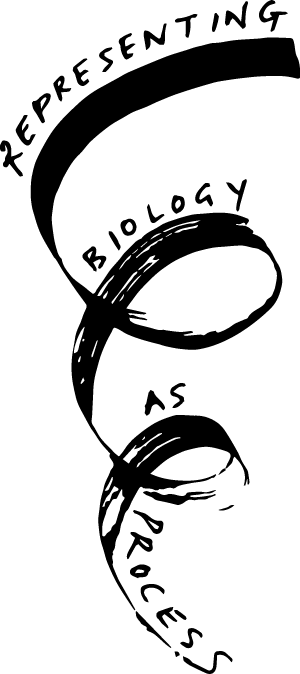Drawing as a Way of Knowing in Art and Science: Book Review by Professor Barbara Tversky for 'Drawing, Research, Theory, Practice' Journal
Review for ‘Drawing, Research, Theory, Practice’ Journal, Intellect Press
Barbara Tversky is a cognitive psychologist who has done research in memory, categorization, spatial thinking and language, event perception and cognition, visual–spatial communication, gesture, creativity, art, and design. She has enjoyed collaborations with linguists, neuroscientists, philosophers, computer scientists, domain scientists, artists, musicians and designers. Currently, she is professor of psychology at Columbia Teachers College and professor of psychology emerita at Stanford University. She was educated at the University of Michigan and previously taught at the Hebrew University in Jerusalem. She has served on numerous editorial boards, governing boards and programme committees, won awards for teaching and software, and is a fellow of the Cognitive Science Society, the Association for Psychological Science, the Society for Experimental Psychology, and the American Association of Arts and Sciences. She is President-Elect of the Association for Psychological Science.
Read her review of Drawing as a Way of Knowing in Art and Science here
Download PDF






